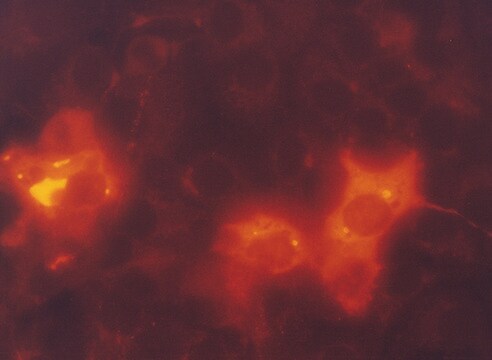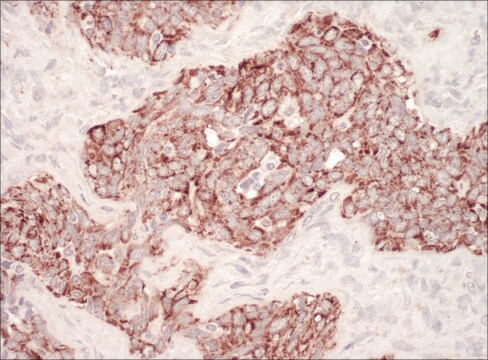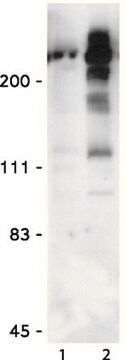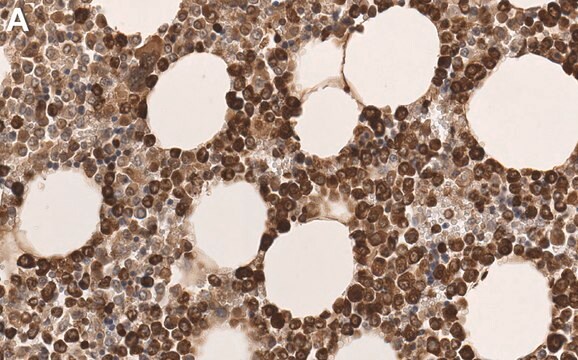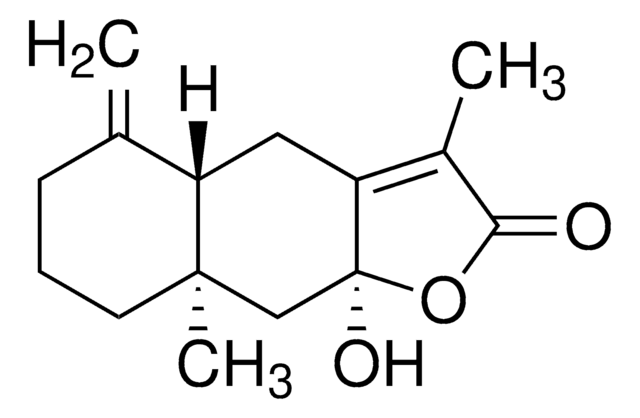16-220
Anti-phospho-Ser/Thr-Pro MPM-2 Antibody, Cy5 conjugate
Upstate®, from mouse
Synonym(s):
Anti-MPM-2 Cy5 Antibody, Cy5 Anti-MPM-2, Phospho-Ser/Thr-Pro Detection
About This Item
IF
WB
immunofluorescence: suitable
western blot: suitable
Recommended Products
biological source
mouse
Quality Level
conjugate
CY5 conjugate
antibody form
purified antibody
antibody product type
primary antibodies
clone
monoclonal
species reactivity
vertebrates
manufacturer/tradename
Upstate®
technique(s)
immunocytochemistry: suitable
immunofluorescence: suitable
western blot: suitable
isotype
IgG1
shipped in
wet ice
target post-translational modification
phosphorylation (pSer/pThr)
General description
Specificity
Immunogen
Application
Epigenetics & Nuclear Function
Cell Cycle, DNA Replication & Repair
Quality
Physical form
Storage and Stability
Analysis Note
Colcemid-treated HeLa cell lysates
Legal Information
Disclaimer
Not finding the right product?
Try our Product Selector Tool.
Storage Class Code
12 - Non Combustible Liquids
WGK
WGK 2
Flash Point(F)
Not applicable
Flash Point(C)
Not applicable
Certificates of Analysis (COA)
Search for Certificates of Analysis (COA) by entering the products Lot/Batch Number. Lot and Batch Numbers can be found on a product’s label following the words ‘Lot’ or ‘Batch’.
Already Own This Product?
Find documentation for the products that you have recently purchased in the Document Library.
Our team of scientists has experience in all areas of research including Life Science, Material Science, Chemical Synthesis, Chromatography, Analytical and many others.
Contact Technical Service

